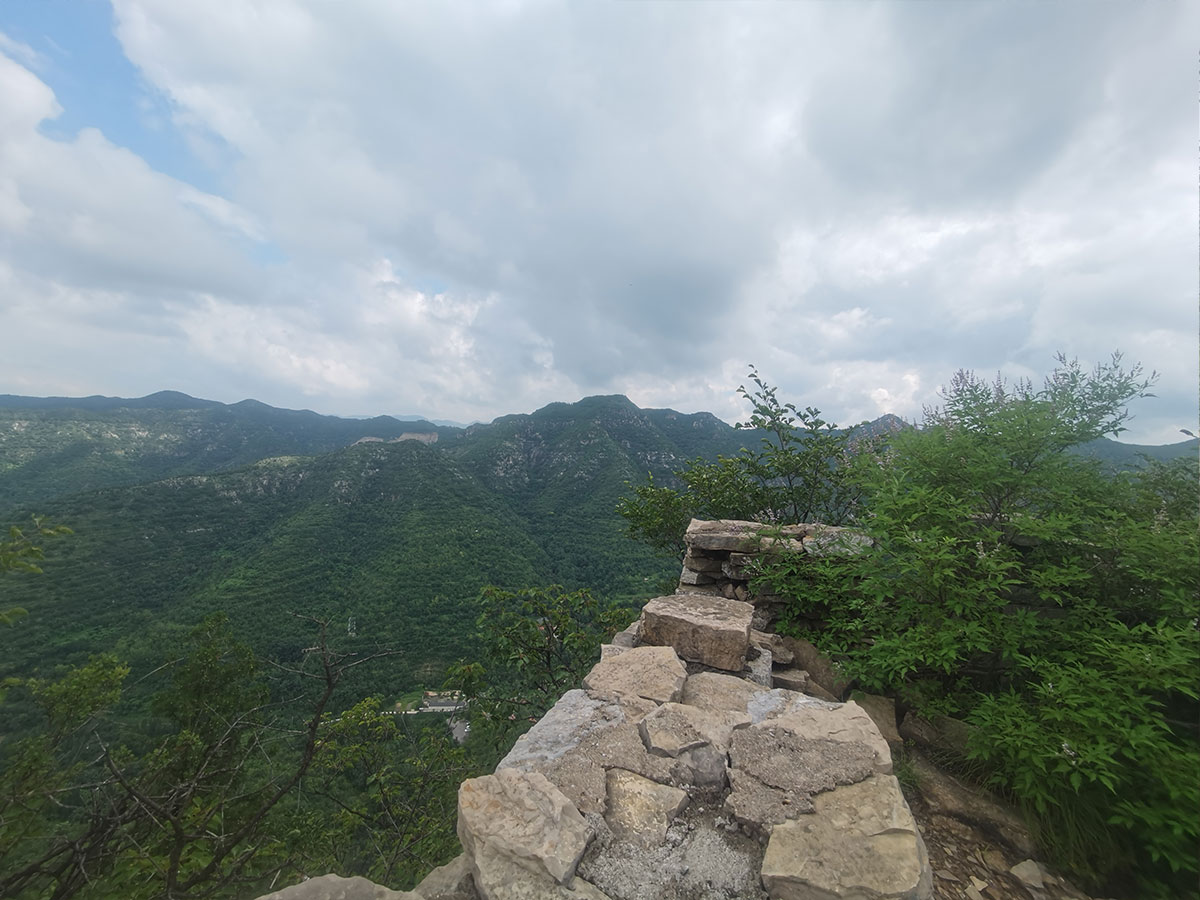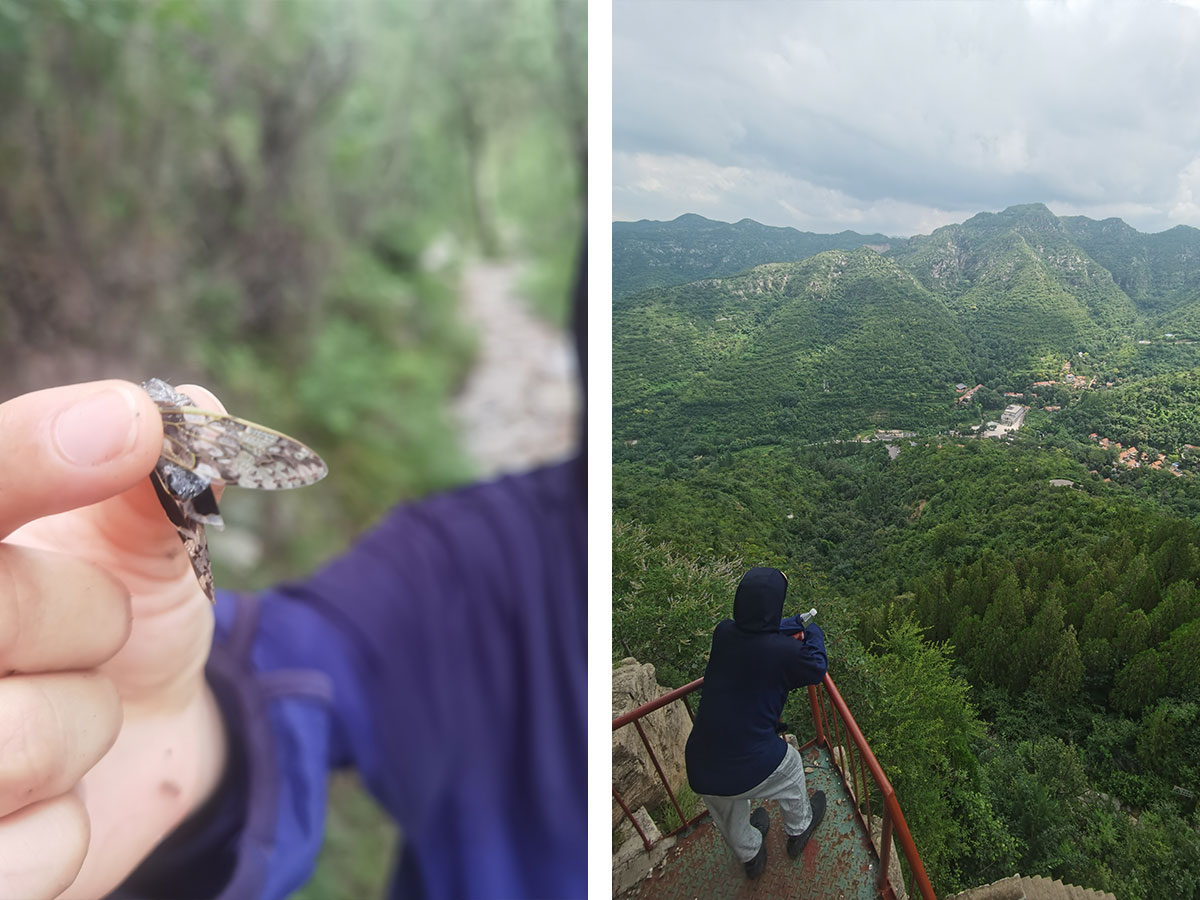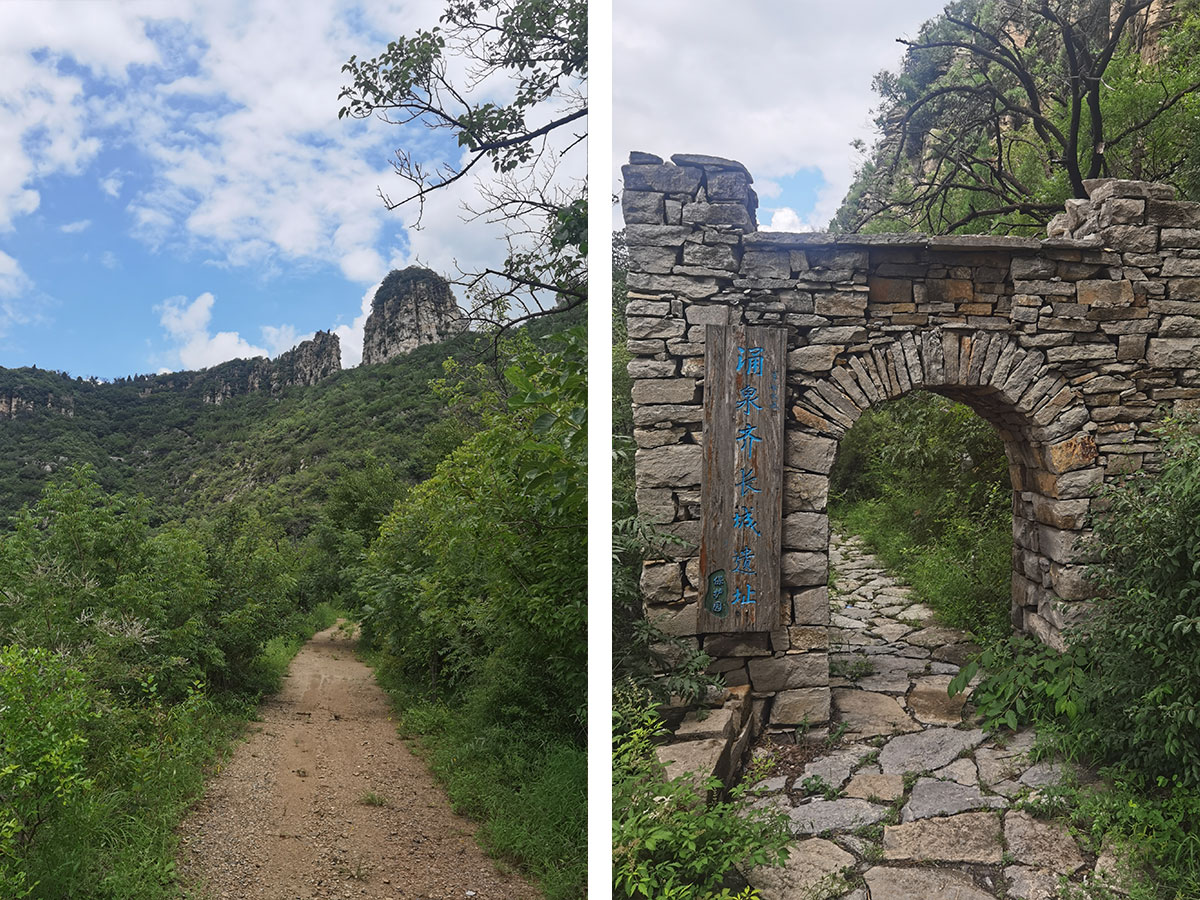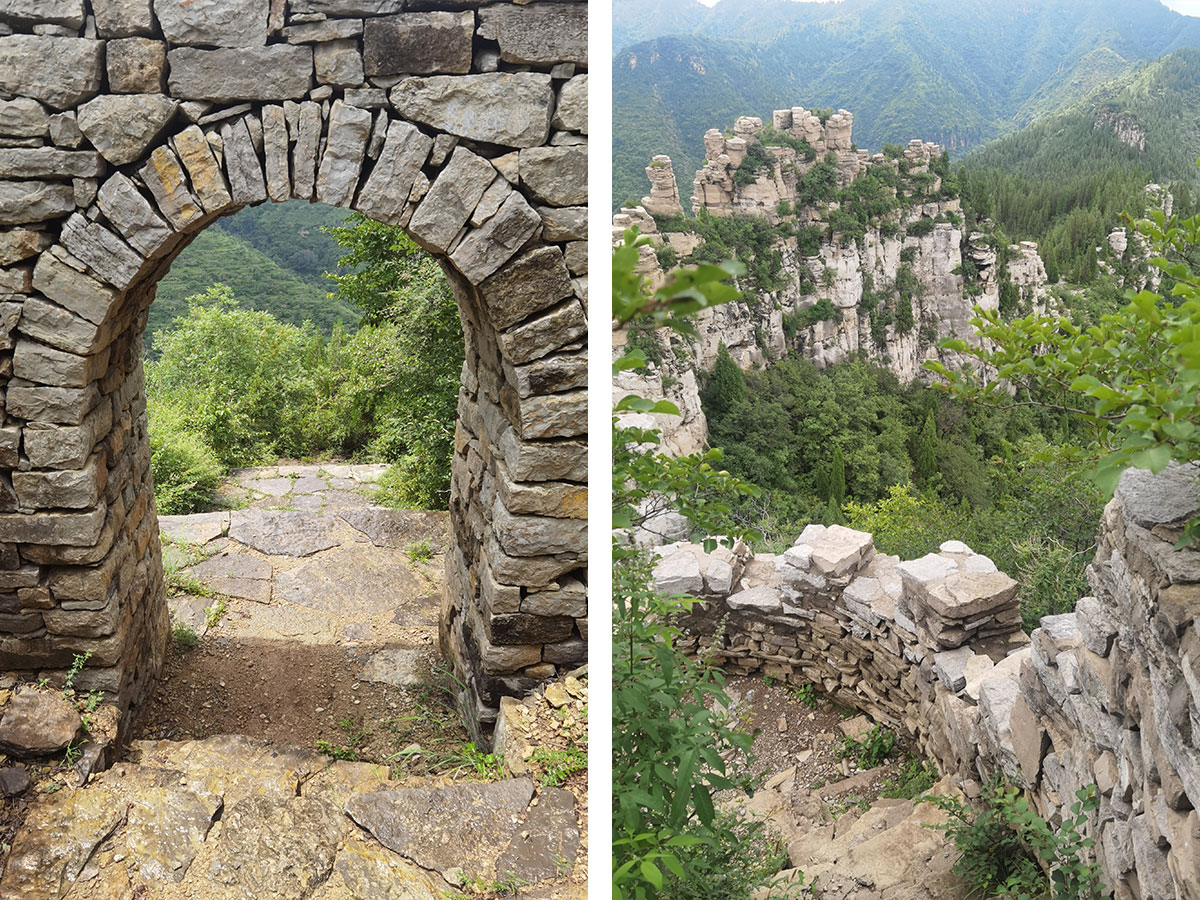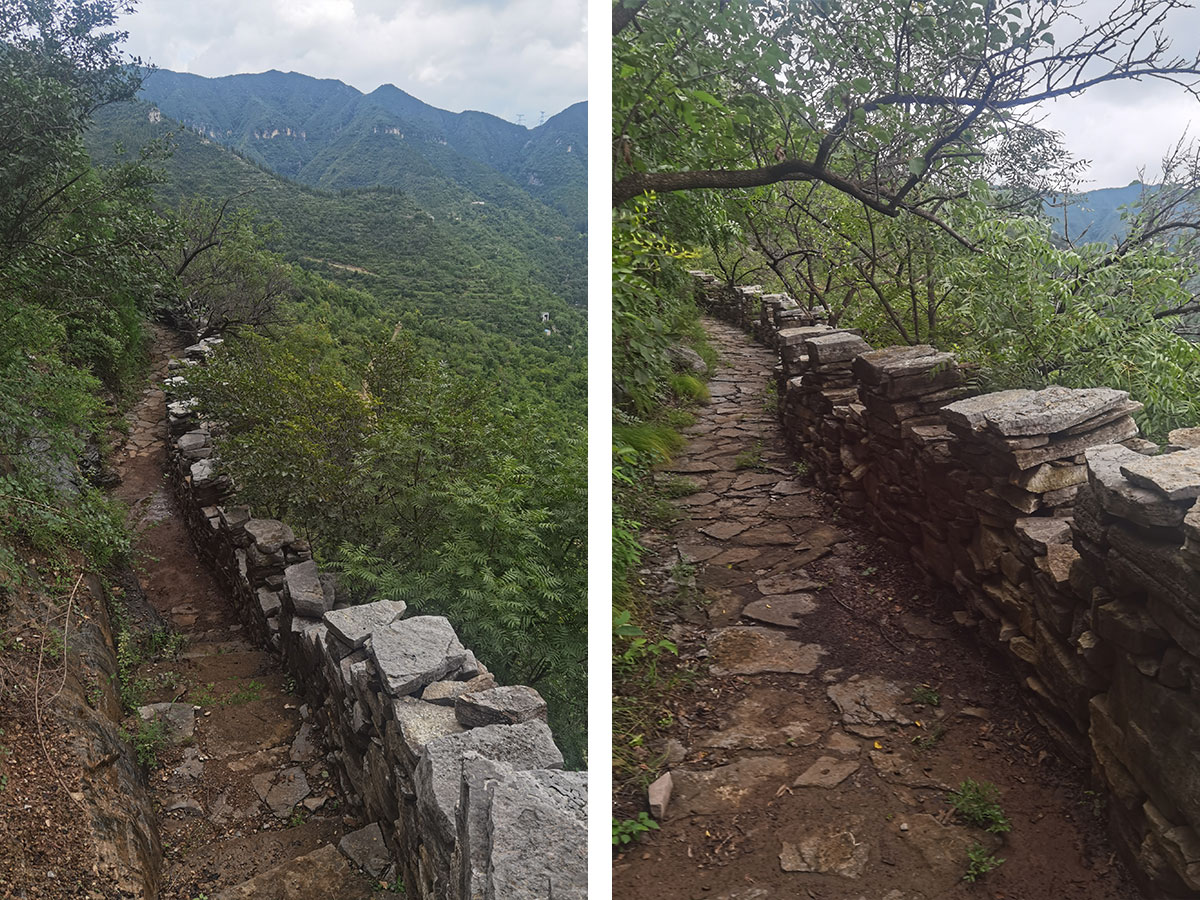The Great Wall of China was built over centuries and one of the oldest segments ran through the Shandong province, from Jinan (济南) to Qingdao (青岛): Great Wall of Qi (齐长城). It lacks the fame of the Great Wall in Beijing built in the Ming Dynasty (this is the one that comes to your mind when you hear people say ‘the Great Wall of China’), and the one in Shandong also has fewer bricks standing, but it predates the Ming wall by more than a millennium.
We’re in the rural part of Zibo (淄博), and several parks say they have remnants. We choose the one that looks least ‘attractionized’, namely in the tiny town of Taihe (太河镇).

In 2014, a TV series was shot here, 马向阳下乡记 马向阳下乡记 (Ma Xiangyang goes to the countryside) — shown on the ticket to the park and the boards, and another board says that the ancient story of 孟姜女哭长城 (Madam Meng Jiang Crying at the Great Wall) took place here, although probably more villages will have made that claim.
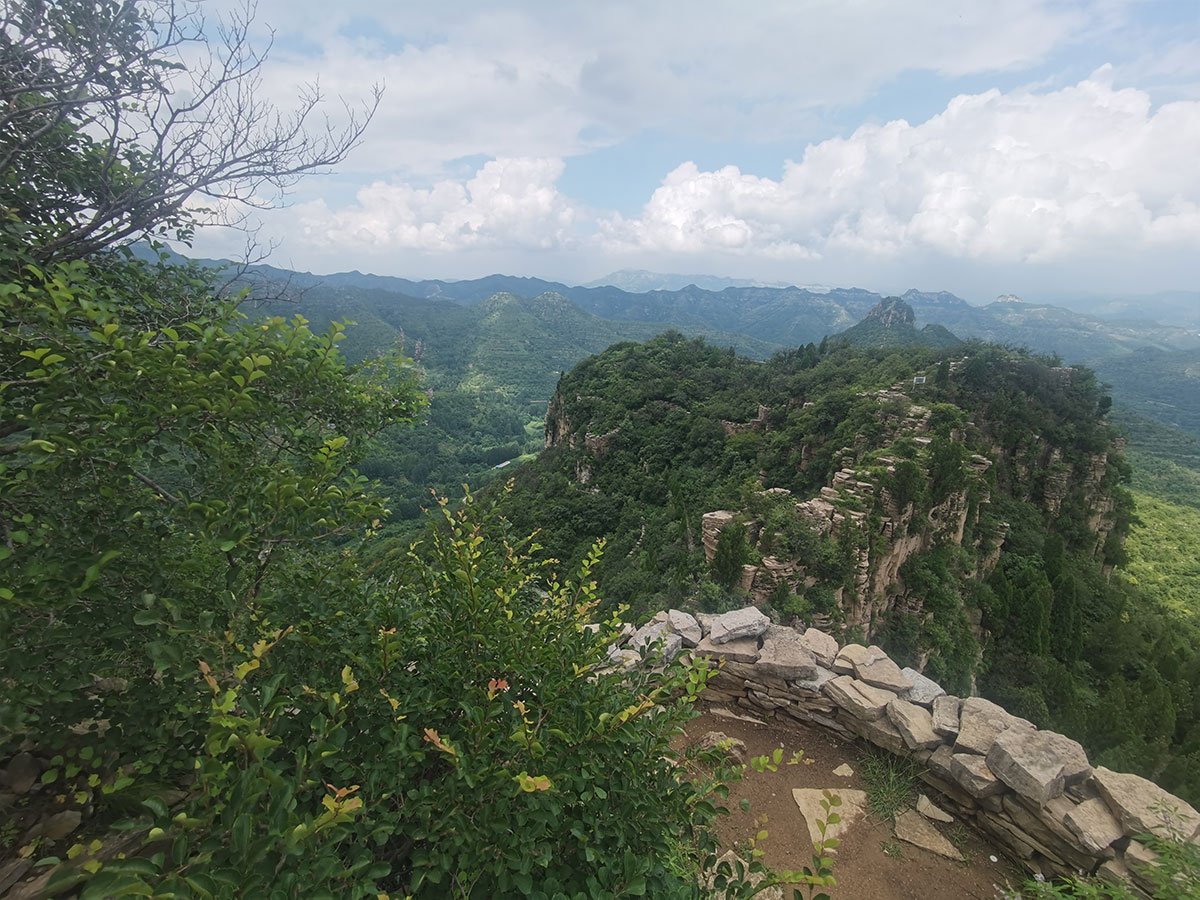
We climb Lotus Mountain (莲花山) which has a double peak (one is enough for us). We pick the one that supposedly housed the camp of an army squad.
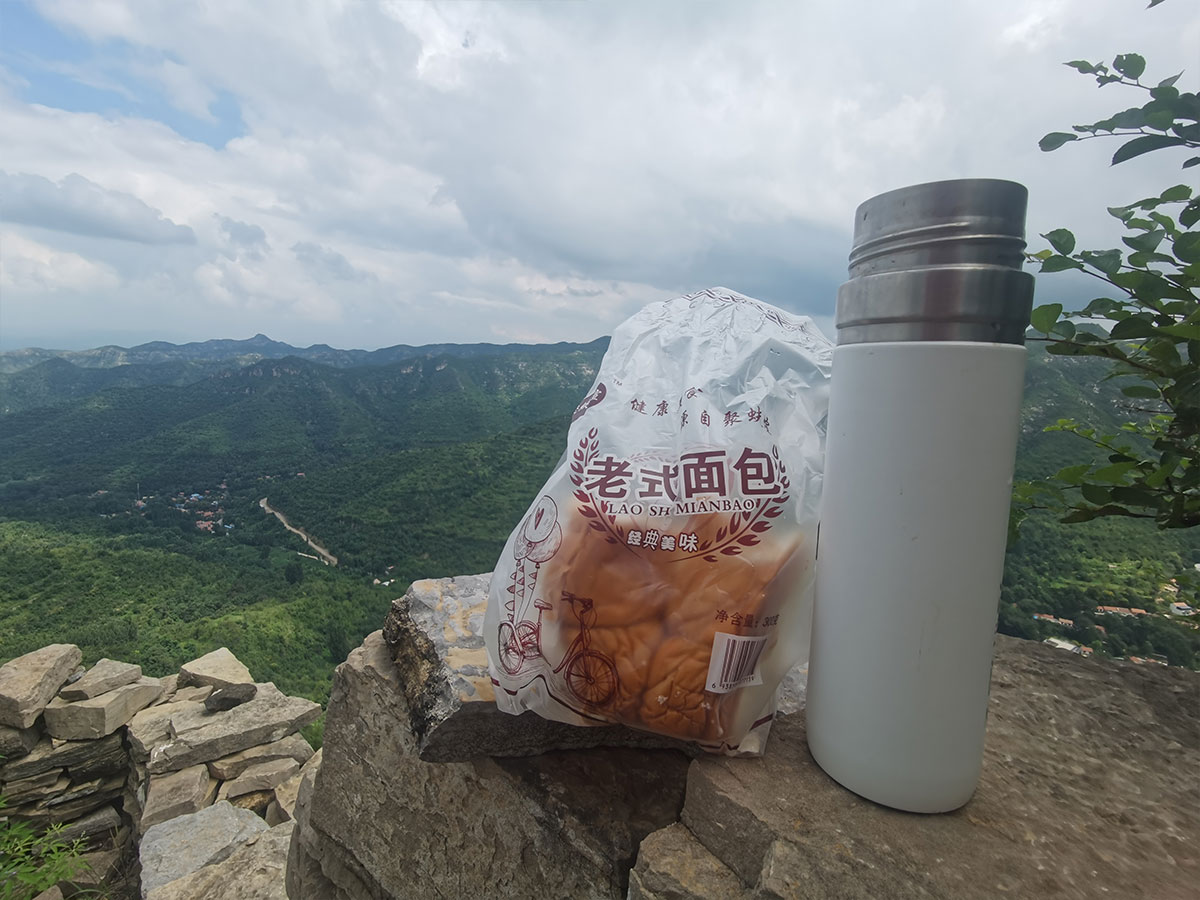
The climb takes less than an hour and the scenery alone is worth it. But the wall? I wonder who would build a wall on such an inaccessible mountain, but maybe the obvious answer is that the wall was a straight line across the map and the stones in all the accessible areas have been used for houses, and these remain.
But I wonder if this is 真的假的 (real or fake) — or rather, real or recreation? Obviously, these stones wouldn’t survive for almost 2400 years, not this tidily and clean — and some segments are reinforced with concrete.
But does it matter? Lizard jump out of the way, cicadas stick to my shirt, and dozens of different types of insects crawl around us. A wall stood here, and a wall stands here now. And two millennia ago, somebody else stood here, looking at the same mountain and a wall. Someone very different from me, and yet much the same.
